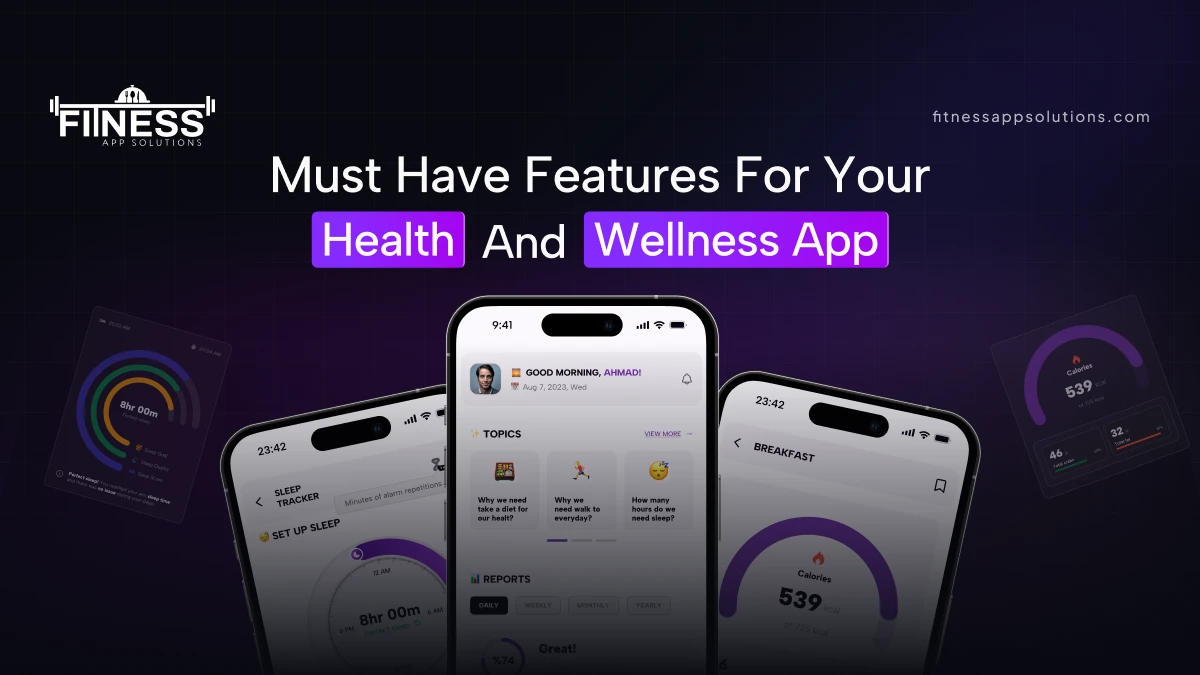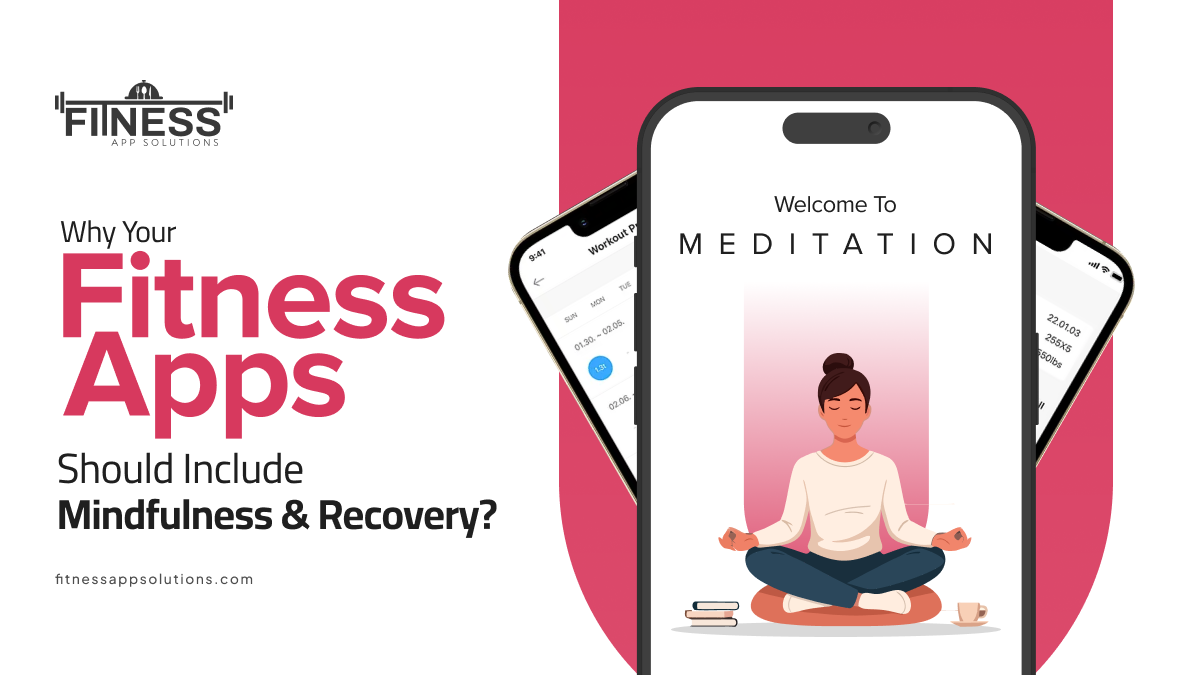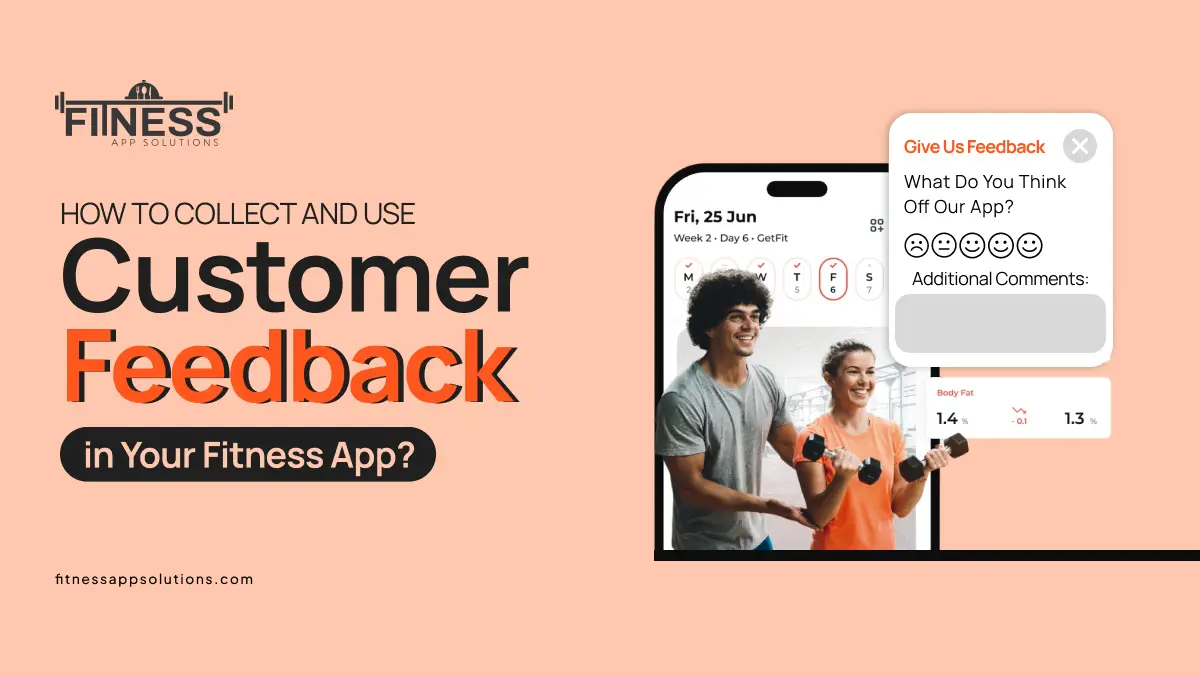In 2025, consumers no longer desire the basics only – they desire the entire experience to assist them in their quest for good health. This blog examines the “gotta-have-it” fitness app features that will characterize good health and wellbeing apps in 2025, so they can successfully address the various needs of users and promote better self-care.
Key Features For Your Health and Wellbeing App

1.Appointment Booking
User Convenience: Simplify the process of booking appointments for physical or virtual sessions in your health and wellness app. The feature should be with a simplified interface that allows users to book appointments with ease.
Real-Time Availability: Users can see available time slots and book anytime, 24/7, without the need for calling. Having a calendar view included in this could enhance it.
Cancellation and Rescheduling: Allow users to schedule their appointments through the app with automated appointment reminders issued in advance to prevent no-shows.
Payment Integration: Allow users to make payments for services in the app, without having to exit the app, and promote improved user satisfaction.
2.Location Based Service
Multi-Location Support: Direct users to the nearest facility with location-based information. This could include directions, estimated travel time & facility hours.
Enhanced User Experience: Provide users with information on services available at each outlet, such as amenities and special promotions. Users can be informed of upcoming health events or promotions around their area.
Geofencing: Employ geofencing technology to inform users with specific messages when they are near a facility to visit.
3.Setting Goals
Personalized Experience: Users can set and track health targets, whether fitness, diet, or mental well-being. The app should have the ability to support user-configurable targets based on user preferences.
Daily Check-Ins: Regular interval reminders to keep users engaged and responsible for progress. Including motivational quotes or tips can increase user motivation.
Progress Visualization: Visualize the progress of the users through the use of charts and graphs so that it becomes easy to stay motivated.
4.Activity Tracking
Broad Tracking: Users should be able to track various activities, such as workouts, meals & hydration. The app should support multiple activity types, from yoga to strength training.
Engagement Incentives: Incentivize users to use the app a number of times each day to remain accountable. This could be through daily challenges or streaks that reward frequent logging.
Integration with Fitness Devices: Allow synchronization of fitness tracker data and smartwatch data so that they can be logged automatically.
In-App Messaging
Direct Communication: An inbuilt chat facility allows users to ask questions without the need for a call or letter. This can include chatbots for quick responses and human assistance for complex queries.
Patient Care Support: Healthcare experts can offer support and guidance in real-time through the app, offering a better user experience & establishing trust.
Group Messaging: Enable users to communicate in groups, such as support groups or physical fitness classes, to facilitate community and collective experience in your health and wellness app.
5.Gamification
Engagement Boost: Integrate game-like elements to motivate users, such as awarding points on task completion. Users can win badges or achievements for milestones achieved.
Community Competitions: Foster friendly competition among users to achieve their health goals. Leaderboards can urge users to stay active and engaged.
Challenges and Rewards: Implement periodic challenges that the users can participate in, with rewards for completion to keep the experience engaging and stimulating.
6.Social Media Integration
Community Building: Give users the option to share their progress and achievements on social media. This could potentially create a community and support network among users.
Increased Exposure: Users are able to spread the word about your app and services to their own networks, attracting new users and establishing brand awareness.
Social Challenges: Send invitations to friends to participate in challenges, maximising usage, and creating a sense of community.
7.AI-Powered Symptom Detection
Personalized Insights: Use AI to review user input and provide personalized health guidance. This can include meal plans, exercise regimens, or mental wellbeing resources based on user information.
Proactive Health Management: Allow users to identify potential health issues before they develop into serious conditions through monitoring of symptoms. The app can suggest when the services of a professional should be sought based on symptoms the user reports.
Predictive Analytics: Employ machine learning algorithms to detect possible health risks from user data and facilitate preventative interventions.
8.Wearable Integration
Seamless Data Syncing: Seamlessly integrate with wearables to track health measures like heart rate, steps, and sleep patterns. Such integration facilitates end-to-end understanding of the user’s health.
Holistic Health Monitoring: Provide users with an integrated snapshot of all their health data in one place so that they can make informed decisions about their well-being.
Real-Time Feedback: Provide users with real-time feedback as inferred from wearables data, such as reminders for high heart rates or encouragements to move.
9.Push Notification
Direct Engagement: Encourage users to remember appointments, inspirational content, and health tips. Alerts are personalized based on user behaviour and interests.
Location-Based Alerts: Notify users about offers or events near a facility as they draw near, boosting user engagement and driving foot traffic.
Behavioural Triggers: Leverage data analytics to send appropriate notifications based on what the user is doing, i.e., reminders to log meals or exercise.
10.Personalized Content
Personalized Suggestions: Provide users with personalized content, i.e., articles, videos, advice, according to their interests and health goals.
Regular Content Update: Update content regularly to keep users interested and informed of the latest health trends and research.
User-Generated Content: Encourage users to submit their own advice and experience to create a rich resource community.
11.Nutrition Monitoring
Food Diary: Allow users to log meals and track nutritional intake, including calories, macronutrients, and micronutrients.
Recipe Suggestions: Provide healthy recipe recommendations based on user choice and dietary needs, hence making it easier for users to have a healthy diet.
Barcode Scanning: Incorporate a barcode scanner to ease food logging and enable the quick supply of nutritional data.
12.Mental Health Resources
Mindfulness and Meditation: Offer guided meditation classes, breathing exercises, and mindfulness techniques to promote mental health.
Mood Tracking: Allow users to monitor their mood and emotions, providing them with information on long-term mental health patterns.
Access to Professionals: Provide access to mental health experts for users who require assistance, with the ability to access teletherapy.
13.Community Support
Forums and Discussion Groups: Create spaces for users to communicate, share experiences, and encourage one another towards healthy lifestyles.
Local Events and Meetups: Conduct local health events, workshops, or fitness classes to promote community interaction and participation.
Peer Support Programs: Include peer mentoring or buddy schemes to support users in staying motivated and being kept accountable.
Conclusion
But nearing 2025, the market for health and wellness apps will shape up further. Through the integration of these fitness app features, developers can make compelling, easy-to-use applications that not only serve the purpose of users but also enable a user community revolving around health and wellness. By combining the latest technology with personal experiences and community engagement, hit health and wellbeing apps in the next few years will thrive.
Frequently Asked Questions (FAQs)
1.What are the most essential features that an app on health and wellness should incorporate?
Scheduling of appointments, tracking of activity, goal setting, messaging in the app, and content specific to the user, among other features.
2.How does gamification enhance user participation?
Gamification incorporates rewards and competitions, which make users active and interested in their healthcare goals via fun and engaging elements.
3.Why is symptom detection with AI important?
It provides personal insights and allows users to take action for their health proactively by identifying likely conditions early, leading to healthier results.
4.What is the role of social media integration in health apps?
It helps users share their success stories, invoking community support and increasing app visibility, which can fuel new user signups.
5.How can push notifications improve user retention?
They remind users and keep them engaged with timely notifications, continue prompting frequent app use, and improve user experience.



